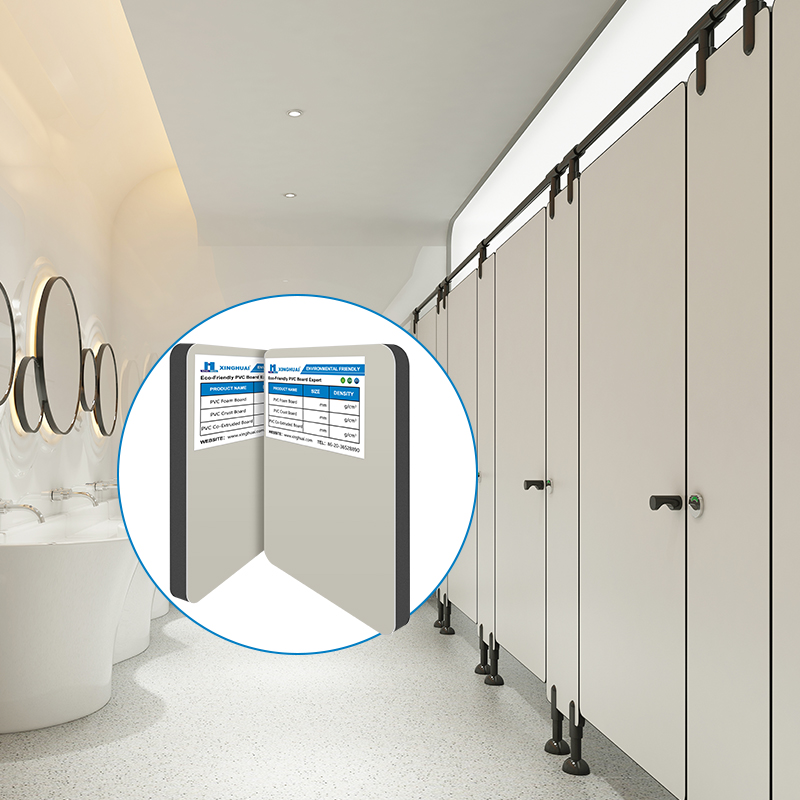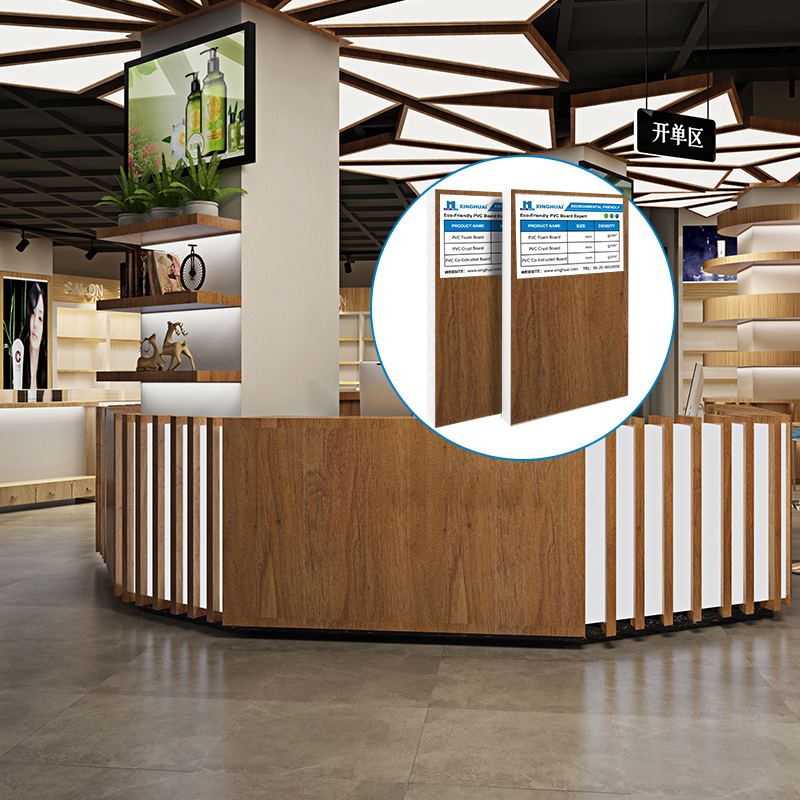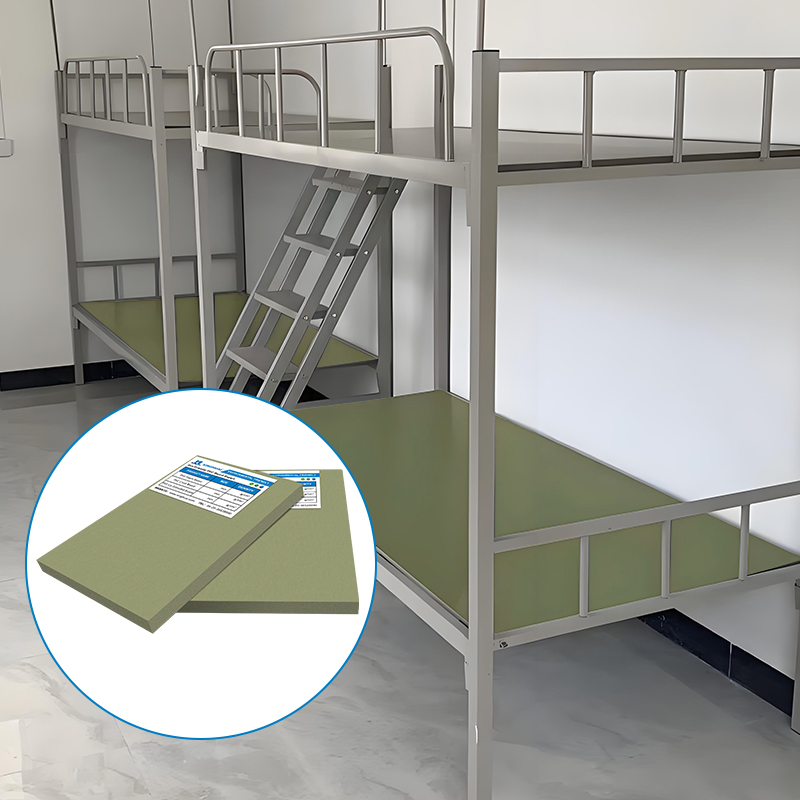The relationship between the surface hardness of PVC foam boards and their density is often misunderstood as a straightforward correlation. However, empirical evidence from PVC foam board factories and production line practices across regions like Indonesia reveals a more intricate interaction. While density influences mechanical properties, pvc foam board production line it does not serve as the sole determinant of surface hardness. This article delves into the factors shaping this dynamic, drawing insights from PVC foam board production in Indonesia and global manufacturing trends pvc foam board production line.
Density: A Variable, Not a Direct Predictor
PVC foam board density typically spans from 0.3 g/cm³ to 0.8 g/cm³, with lower-density variants (0.3–0.5 g/cm³) prioritizing lightweight flexibility and cost efficiency, while higher-density boards (0.6–0.8 g/cm³) cater to structural applications. Surface hardness, pvc foam board production line quantified via Shore durometer tests, is influenced by multiple variables beyond density. For instance, a 5mm PVC foam board with a density of 0.5 g/cm³ may exhibit varying hardness levels depending on its foaming process, additive formulations, and cooling techniques.
In Indonesia, PVC foam board factories adapt production strategies to meet diverse market demands. A facility manufacturing 5mm PVC foam boards for advertising displays might prioritize surface smoothness and printability over maximum density, employing optimized extrusion parameters to achieve a hardness suitable for digital printing. Conversely, a factory supplying construction panels may increase density to 0.7 g/cm³ but still require post-production treatments like surface coatings to enhance scratch resistance.
Production Line Engineering: Shaping Hardness Independently
The PVC foam board production line plays a critical role in decoupling density from hardness. Key factors include:
Foaming Ratio Control: Adjusting screw speed and temperature in the extruder modifies the foam’s cellular structure. A higher foaming ratio (lower density) can still yield a hard surface if cells are uniformly distributed and compacted during cooling.
Cooling Intensity: Rapid cooling in the shaping unit minimizes cell expansion, creating a denser skin layer. This “skin effect” increases surface hardness without altering the board’s core density. For example, a 5mm PVC foam board with a core density of 0.4 g/cm³ can achieve a Shore D hardness of 70–80 if its surface layer is tightly compacted.
Additive Formulations: Calcium carbonate fillers, lubricants, and impact modifiers enhance hardness without significantly changing density. Indonesian factories often incorporate locally sourced additives to reduce costs while maintaining performance.
Case Study: Indonesian Factories and Global Benchmarks
Indonesia’s PVC foam board industry exemplifies how density and hardness are managed as independent variables. A Jakarta-based factory producing PVC foam board Indonesia for bathroom partitions uses a density of 0.6 g/cm³ but achieves a hardness of 85 Shore D by optimizing die lip gaps and cooling water flow. This ensures moisture resistance and scratch resistance—critical for wet environments—without over-engineering the core density.
Globally, advanced PVC foam board production lines demonstrate that hardness can be tailored through process engineering. For instance, a European production line might manufacture a 5mm board with a density of 0.55 g/cm³ but a hardness of 90 Shore D by incorporating nano-scale fillers and precision cooling systems.
Practical Implications for Buyers
For end-users, the absence of a direct density-hardness correlation necessitates selecting PVC foam boards based on application-specific requirements. A 5mm PVC foam board for indoor signage may prioritize surface smoothness and printability over density, while a structural panel demands higher density for load support but still requires surface treatments for durability.
Conclusion
Surface hardness in PVC foam boards is not directly tied to density. Instead, it emerges from a combination of manufacturing processes, material formulations, and post-production enhancements. Factories in Indonesia and worldwide leverage sophisticated PVC foam board production lines to optimize these variables, ensuring products like 5mm PVC foam boards meet diverse performance criteria. For stakeholders, grasping this dynamic is essential for selecting materials tailored to signage, construction, or custom applications.




